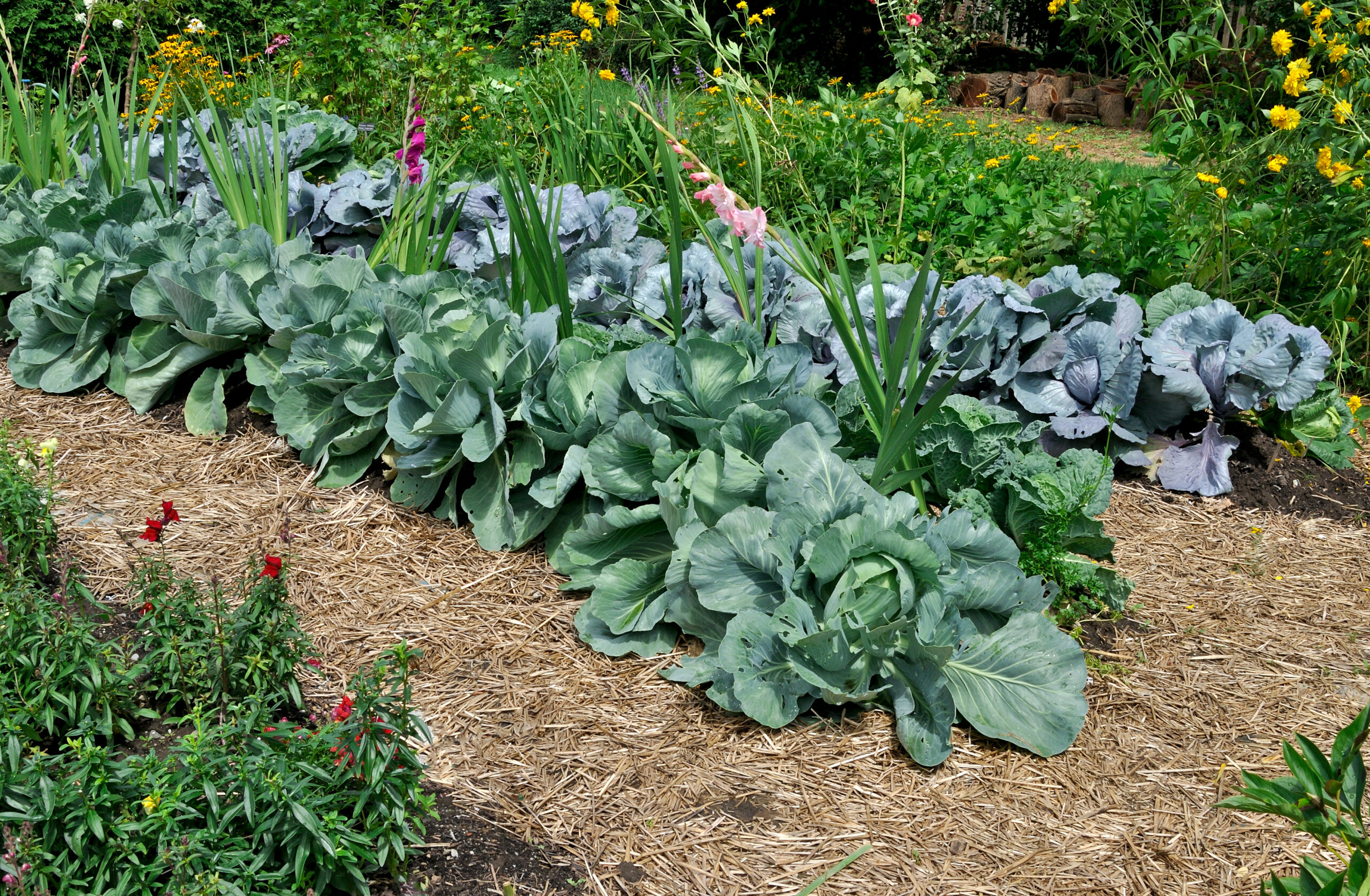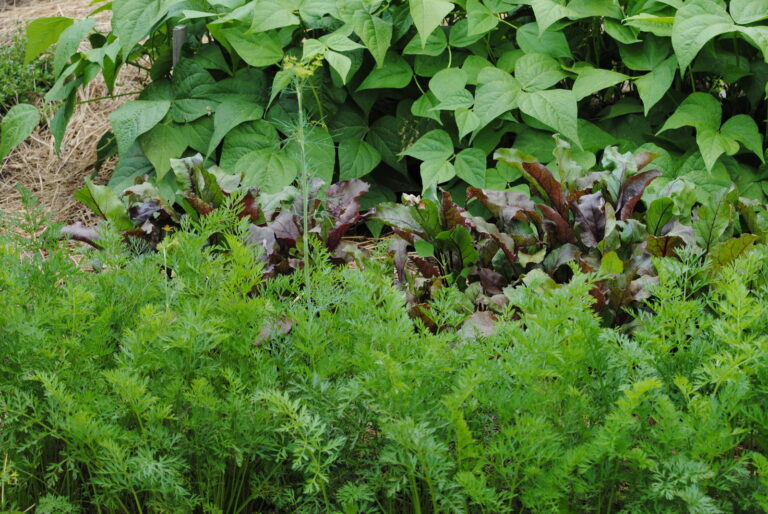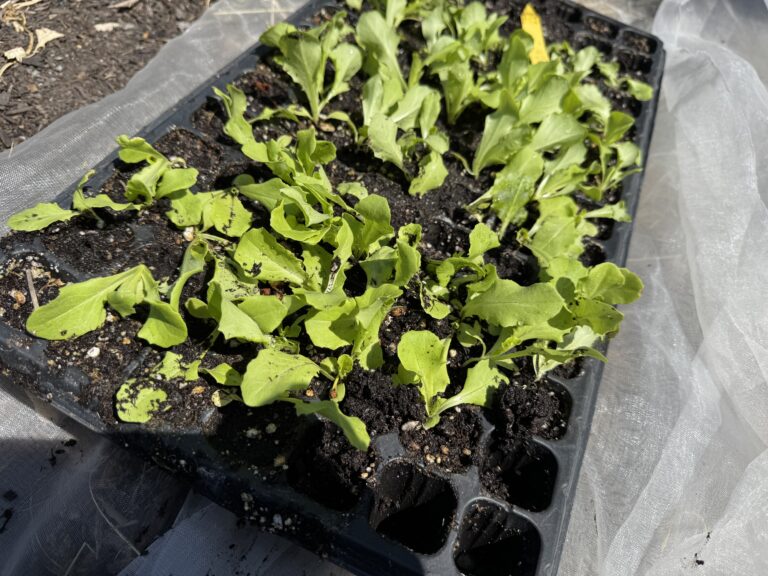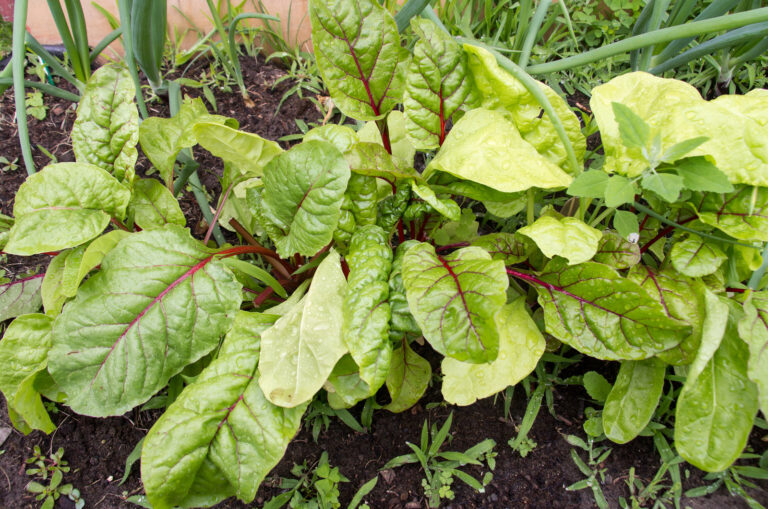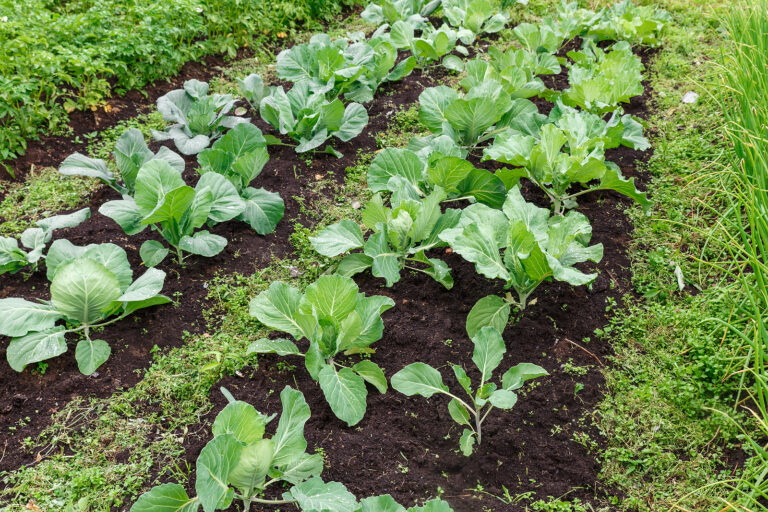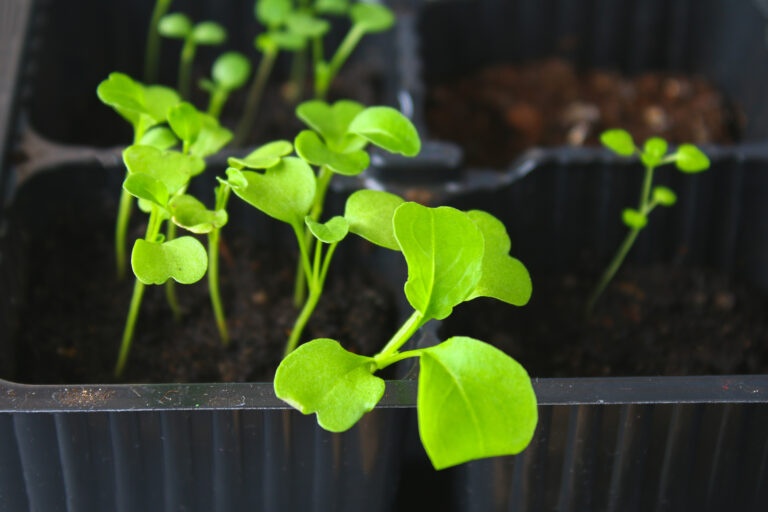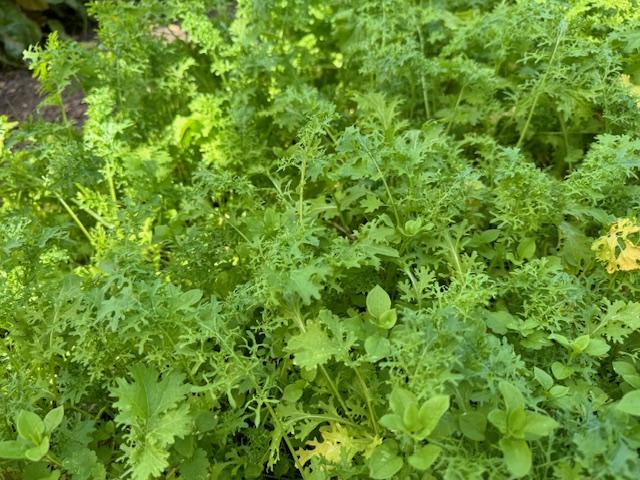How to Grow Spring Cabbage for Early Harvests
Spring cabbage is one of the first rewarding crops of the gardening year. With proper timing and care, you can enjoy crisp, sweet heads weeks before summer heat arrives. Over my 30+ years of growing cool-weather vegetables in raised beds, I’ve learned that the key to successful spring cabbage is starting early—well before the last frost date—so plants mature while temperatures are still mild.
1. Choose the Right Variety
For spring harvests, select early-maturing varieties that produce compact, tender heads:
- Golden Acre – Classic early cabbage ready in 60–65 days.
- Primo – Small, flavorful heads ideal for raised beds or containers.
- Early Jersey Wakefield – Pointed heads with sweet flavor and quick maturity.
My iinsight: In my Sonoma Valley garden (Zone 9), I’ve found Golden Acre delivers consistently crisp leaves by late April, even in warmer springs.
2. Start Seeds Indoors Early
- Timing: Start seeds 6–8 weeks before your last expected frost.
- Containers: Use cell trays or 3-inch pots with a quality seed-starting mix.
- Temperature: Maintain 65–75°F for germination; provide bright light to prevent leggy seedlings.
3. Transplant Before Frost-Free Date
Cabbage thrives in cool weather and tolerates light frost.
- Harden off seedlings for 7–10 days before transplanting.
- Plant 2–4 weeks before the last frost date.
- Space plants 12–18 inches apart in rows 18–24 inches apart.
My insight: I transplant in late February so heads mature in cool April weather, avoiding the stress of sudden May heat spikes.
4. Provide Consistent Care
- Water: Keep soil evenly moist—spring winds can dry beds quickly.
- Feeding: Side-dress with compost or a balanced fertilizer when plants are half-grown.
- Protection: Use floating row covers to shield young plants from cabbage worms and flea beetles.
5. Harvest at Peak Flavor
- Harvest when heads are firm and about the size of a softball to volleyball.
- Cut just above the outer leaves; smaller side shoots may form for a second harvest.
My takeaway: The sweetest spring cabbage comes from heads that mature during cool, consistent temperatures. A light frost before harvest can enhance flavor.
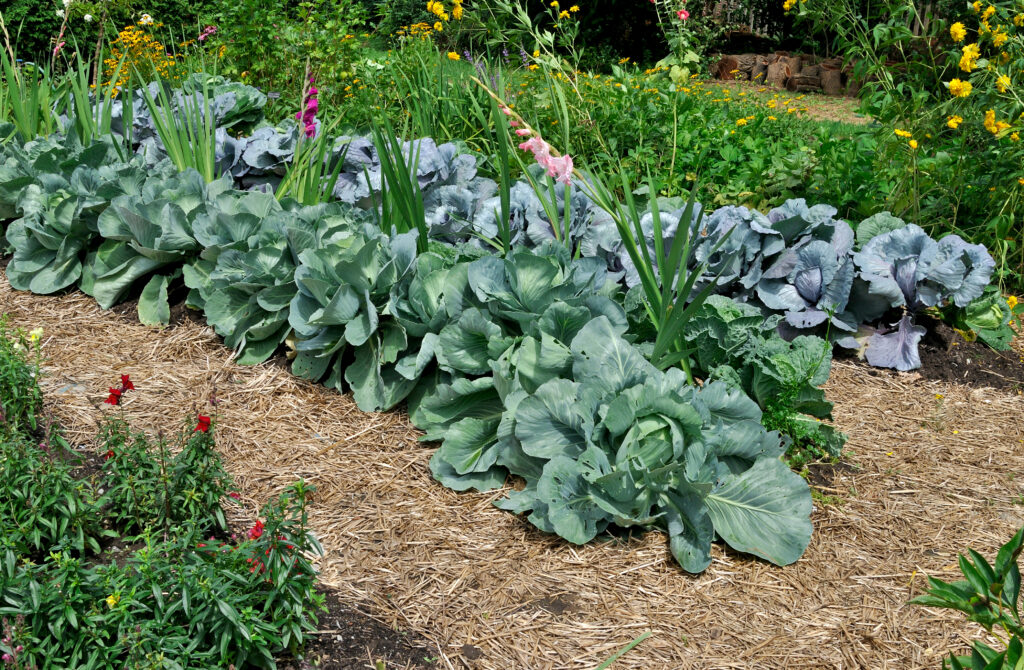
Spring Cabbage Planting Calendar
| USDA Zone | Start Seeds Indoors | Transplant Outdoors | Typical Harvest Window |
|---|---|---|---|
| 3–4 | 10–12 weeks before last frost | 4–6 weeks before last frost | Late June–July |
| 5 | 8–10 weeks before last frost | 3–4 weeks before last frost | Late May–June |
| 6 | 8 weeks before last frost | 3 weeks before last frost | Mid–May–June |
| 7 | 6–8 weeks before last frost | 2–3 weeks before last frost | Late April–May |
| 8 | 6 weeks before last frost | 2 weeks before last frost | Mid–April–May |
| 9 | 4–6 weeks before last frost | 1–2 weeks before last frost | Early–Mid April |
| 10–11 | 4 weeks before last frost | At last frost | March–April |
Pro tip:
I’ve found these timings work best when you also track soil temperature—spring cabbage transplants do best when soil is 50–65°F. Planting too early in cold, waterlogged soil can slow growth, while planting too late risks heat stress.
Cabbage Learning Hub
🥬 Start Here: The Ultimate Cabbage Growing Guide: From Seed to Harvest
🌿 Planting & Timing
- Cabbage Seed Starting Tips
- When to Plant Cabbage: Timing for Spring, Summer, and Fall Crops
Covers zone-based timing, transplant vs. direct sow. - How to Grow Spring Cabbage for Early Harvests
“Spring cabbage growing” – high seasonal interest. - How to Grow Cabbage in Containers: A Complete Guide
Perfect for urban/small-space gardeners. Include spacing, soil depth, and feeding. - How to Space and Thin Cabbage for Tight, Heavy Heads
Spacing is a common problem leading to poor heads or bolting.
How to Plant, Grow, and Harvest Chinese Cabbage
🦟 Pests, Diseases & Troubleshooting
- Common Cabbage Pests and How to Get Rid of Them Naturally
Aphids, cabbage worms, flea beetles, cutworms. - Why Is My Cabbage Splitting? Causes and Fixes for Cracked Heads
Very specific problem; here’s why this happens. - How to Prevent Bolting in Cabbage and Other Brassicas
Seasonal temperature swings confuse many gardeners.
💧 Care & Growing Tips
- How Much Water Does Cabbage Need? A Seasonal Watering Guide
“How often to water cabbage” queries are common. - How to Fertilize Cabbage for Leaf Growth and Head Formation
Discuss starter fertilizer, side-dressing, nitrogen balance.
What to plant with cabbage. - Common Cabbage Pests and Diseases and How to Treat Them Naturally
🧊 Harvesting, Storage & Preservation
- How to Harvest and Store Cabbage
- How and When to Harvest Cabbage for Peak Flavor and Texture
Includes signs of readiness and how to cut heads without damagin - Best Companion Plants for Cabbage (And What to Avoid)g the plant.
🥗 In the Kitchen & Beyond
- Seven Ways to Cook and Serve Cabbage
- Five Ways to Cook and Serve Chinese Cabbage
- Four Ways to Cook and Serve Napa Cabbage
🌱 Varieties & Seed Saving
- Best Cabbage Varieties for Your Climate and Growing Zone
Optimized for zone-specific growing.
- Savoy, Napa, and Red: Which Type of Cabbage Should You Grow?
Comparative format — helpful for new gardeners. - Growing Green Cabbage vs. Red Cabbage: The Differences
- Oriental Mustard Cabbage Explained: White Stalks vs. Green Stalks

